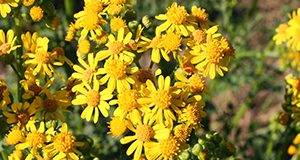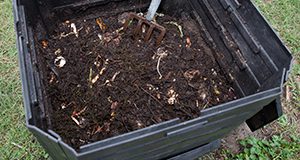Four species of pusley (Richardia L.) are widespread and common weeds in Florida vegetable and strawberry production. We refer to the native plant Richardia scabra L. as Florida pusley. This discrimination is necessary because these species are often referred to collectively as Florida pusley due to overlapping distributions, similar growth habits and leaf morphologies, and difficulty identifying without the presence of fruit. This new 6-page publication of the UF/IFAS Horticultural Sciences Department describes the different pusley species and provides management options for strawberry, pepper, cucurbits, and tomato. Written by Shaun M. Sharpe, Nathan S. Boyd, Chris Marble, and Shawn Steed.
https://edis.ifas.ufl.edu/hs1331
Tag: herbicide
Herbicide Residues in Manure, Compost, or Hay
When purchasing compost, it is important to understand that some manure-based products can contain herbicide residues that can affect the growth of certain plants. Manure from animals that have been fed forage treated with aminopyralid or other closely related herbicides, such as clopyralid or picloram, can be contaminated with these herbicides, which severely restrict the growth of legume and solanaceous crops and other broadleaf plants. This 3-page fact sheet discusses aminopyralid, compost, questions to ask when purchasing bulk compost or mulch, conducting a bioassay, aminopyralid injury symptoms, and steps to consider if contaminated manure or compost has been added to a garden or field site. Written by Jason Ferrell, Peter Dittmar, and Brent Sellers, and published by the UF Agronomy Department, May 2017.
http://edis.ifas.ufl.edu/ag416
Cressleaf Groundsel (Butterweed) Identification and Management in Pastures
 Butterweed is a winter annual that is toxic to both cattle and horses. This 2-page fact sheet provides an overview of the plant as well as herbicide recommendations. Written by Brent Sellers and Jay Ferrell, and published by the UF Agronomy Department, May 2016.
Butterweed is a winter annual that is toxic to both cattle and horses. This 2-page fact sheet provides an overview of the plant as well as herbicide recommendations. Written by Brent Sellers and Jay Ferrell, and published by the UF Agronomy Department, May 2016.
http://edis.ifas.ufl.edu/ag406

